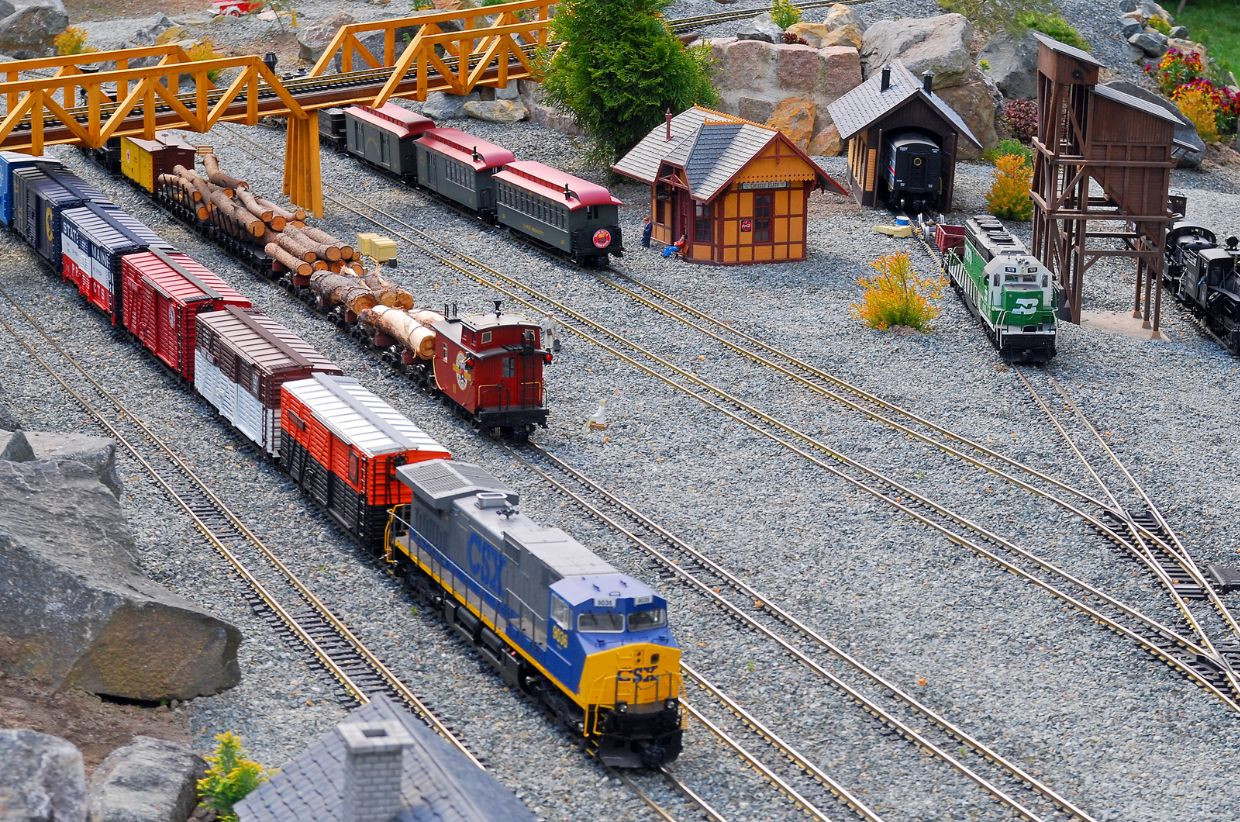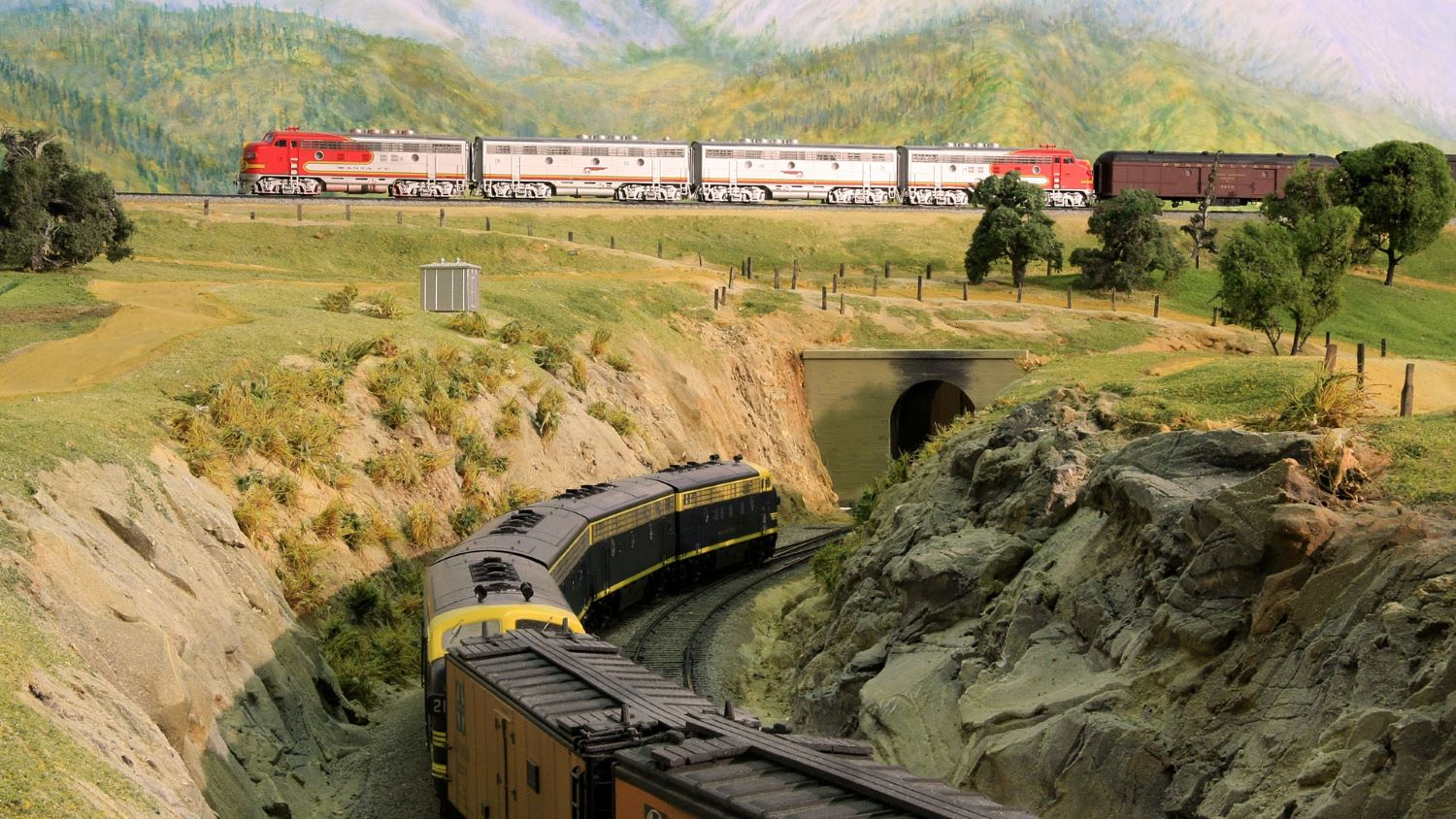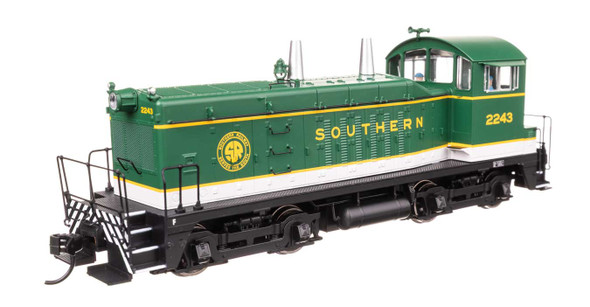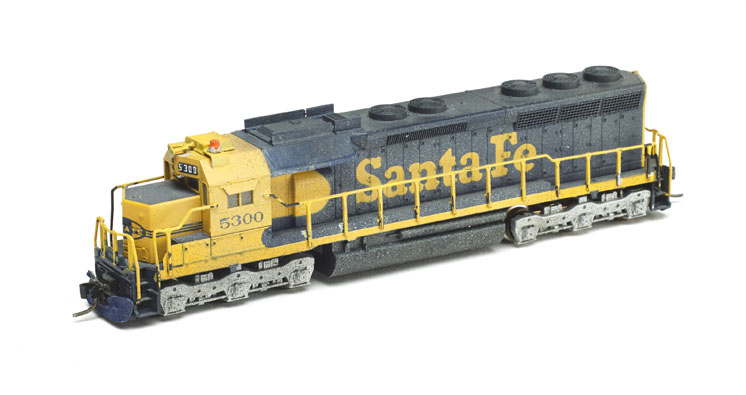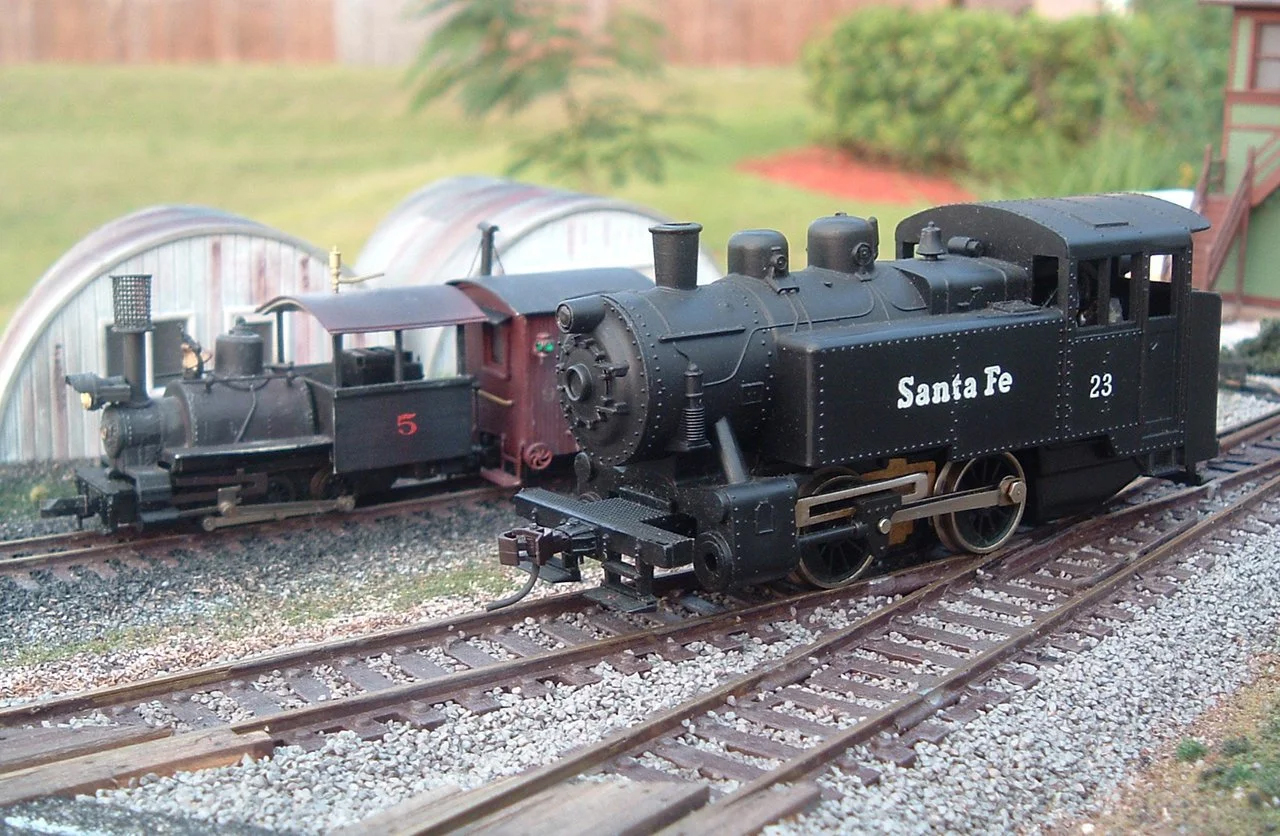Model railroading is fun until your trains stop moving smooth. Dirty tracks are usually the reason. Even if you run your engines daily, dust and grime build up. The good news is, you can handle it with simple steps. Keeping your tracks clean saves you headaches later.
Most beginners think shiny rails stay shiny forever. Not true. Oils from your fingers, tiny bits of dirt, even room humidity can make your trains stutter. So learning to clean and maintain your model train tracks is just part of the hobby.
Why does it matter? Well, clean tracks mean better electrical contact. Your locomotive motor needs steady power. If dirt blocks that, your engine sputters or stops. So don’t skip this part.
Use the Right Tools
You don’t need fancy gadgets. A soft cloth, isopropyl alcohol, a track cleaning eraser, and maybe a small vacuum do the job. Some hobbyists swear by track cleaning cars that roll around and wipe the rails as they go. Those help, but manual cleaning works best for stubborn dirt.
Keep old t-shirts or microfiber cloths handy. They won’t scratch your rails. Avoid steel wool. It leaves tiny metal bits behind that cause shorts.
How Often Should You Clean Tracks?
Some clean every week. Others once a month. It depends how dusty your layout room is. If you smoke near your trains, you’ll clean more. Same if you run your trains daily.
A good rule is to watch for stuttering or lights flickering. If your loco hesitates, check the track. Chances are you’ll see black gunk. That’s oxidized metal and dirt mixing together.
What’s the Best Way to Wipe Tracks?
Isopropyl alcohol is safe and cheap. Put a bit on your cloth, press it on the rail top, and rub gently. Don’t drown the track. A light wipe is enough.
For tight spots or switches, use a cotton swab dipped in alcohol. Run it along the rails where wheels touch. You’ll see the black residue come right off.
Some people like using a bright boy eraser. It’s a rubbery block that scrubs oxidation away. Just don’t press too hard. Let the eraser do the work. Wipe the leftover bits with a dry cloth after.
How Do You Keep Tracks Clean Longer?
Keep your room dust-free. Easier said than done, but worth it. Cover your layout when not running trains. Plastic sheets work fine.
Also, keep your locomotive wheels clean. Dirty wheels make clean track dirty fast. Use a soft cloth or foam pad to spin your loco wheels on while wiping them.
Vacuum the scenery now and then. You’d be surprised how much lint flies around.
Should You Use Track Cleaning Cars?
Track cleaning cars help. They have pads or rollers underneath that pick up dirt. Some people run them every session. They won’t replace manual cleaning but they slow the buildup.
There are even cars that drip cleaning fluid. Just don’t overdo it. Too much liquid can mess with your track bed or scenery.
Can You Use Household Cleaners?
Stick with safe stuff. Isopropyl alcohol is best. Avoid harsh cleaners like acetone or paint thinner. They can melt plastic ties or mess up ballast glue.
A mild dish soap with water works if you want. Just don’t flood the track. Use a damp cloth, not a soaked one.
Why Does Track Oxidation Happen?
Tracks are usually nickel silver or brass. Both metals tarnish over time. Air, humidity, and dirt speed this up. A little tarnish isn’t deadly, but too much blocks power.
Brass tracks need more cleaning than nickel silver. That’s why many hobbyists switched to nickel silver. It stays cleaner longer and looks good.
Do You Need Special Tools for Turnouts?
Turnouts and crossings collect dirt fast. Use a soft toothbrush to reach tight spots. Be gentle around the frog and points. You don’t want to bend anything.
A small pick or toothpick helps clear gunk stuck in grooves. Just take it slow.
Should You Lubricate Tracks?
Never oil your rails. Oil attracts more dirt. Keep oil for gears and moving parts, not the rails. Some people used to add a tiny dab of graphite to help conductivity, but it’s risky. Better to keep tracks dry.
What If You Forget for Months?
If your trains stop dead, don’t panic. Wipe the rails, clean the wheels, and check the power pack. Sometimes a good rub is all you need.
If oxidation is heavy, use a bright boy or fine grit polishing stick. Just don’t sand too much. You don’t want flat spots on the rails.
How Do You Make Cleaning Fun?
Put on music. Invite a fellow railroader. Make it part of your operating session. Some people love cleaning cars rolling behind their freight trains. Keeps it interesting.
The trick is, don’t see it as a chore. Think of it as tune-up time. Your trains will run smoother. Less frustration, more fun.
What If You Have a Large Layout?
Big layouts take time. Break it into sections. Clean one area today, another tomorrow. Some people run a track cleaning car every lap. It helps maintain long mainlines.
Invest in good lighting too. You’ll see dirt you missed.
What Should You Avoid?
Don’t over-clean. Polishing rails too much wears them down. Don’t soak tracks. Water and electronics don’t mix.
Don’t forget your wheels. Many people scrub rails but ignore wheels. That just spreads dirt back again.
Keep your hands clean. Oils from your fingers stick to rails fast.
How Can You Tell Tracks Are Really Clean?
Run your train slow. Listen. Watch for flickers. A clean rail means steady lights, smooth motion. If your loco crawls at low speed without hiccups, you did it right.
Enjoy the process. Clean tracks are happy tracks. Your locomotives will thank you. Happy railroading!
